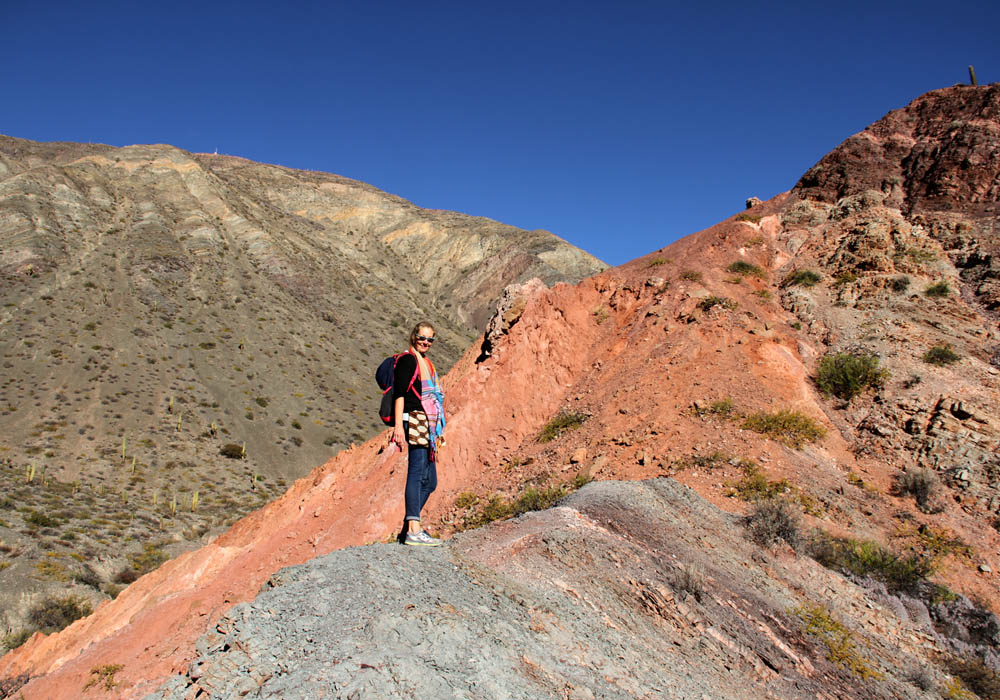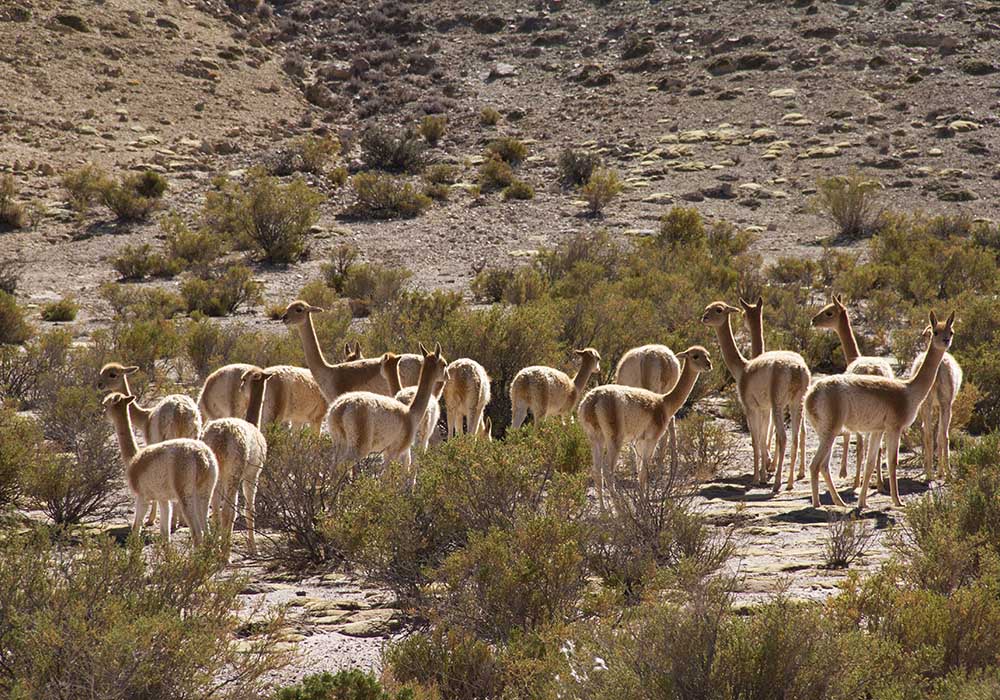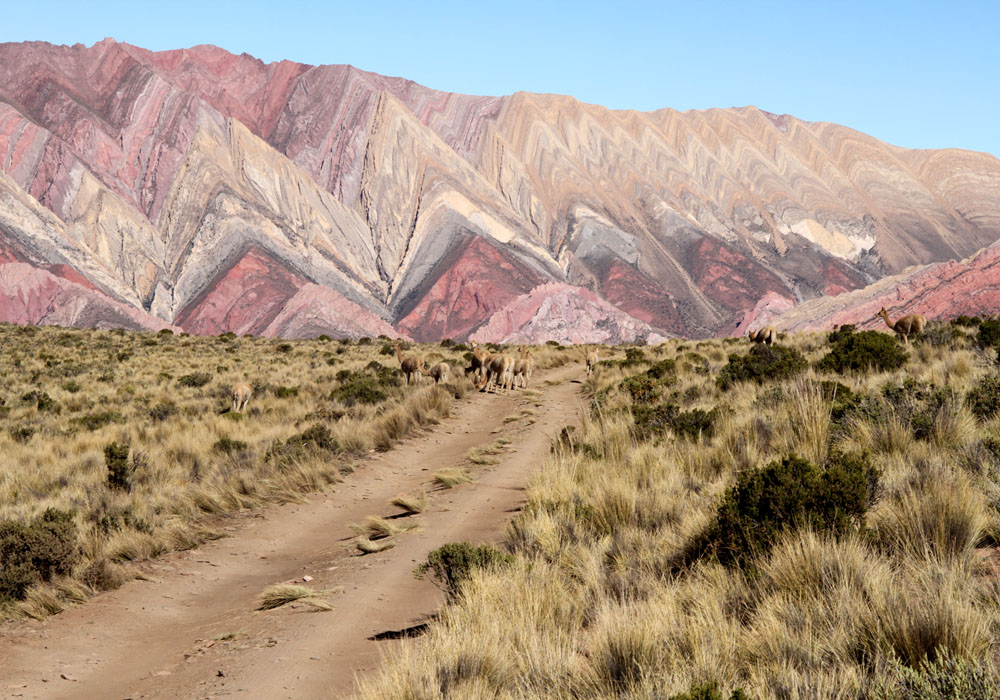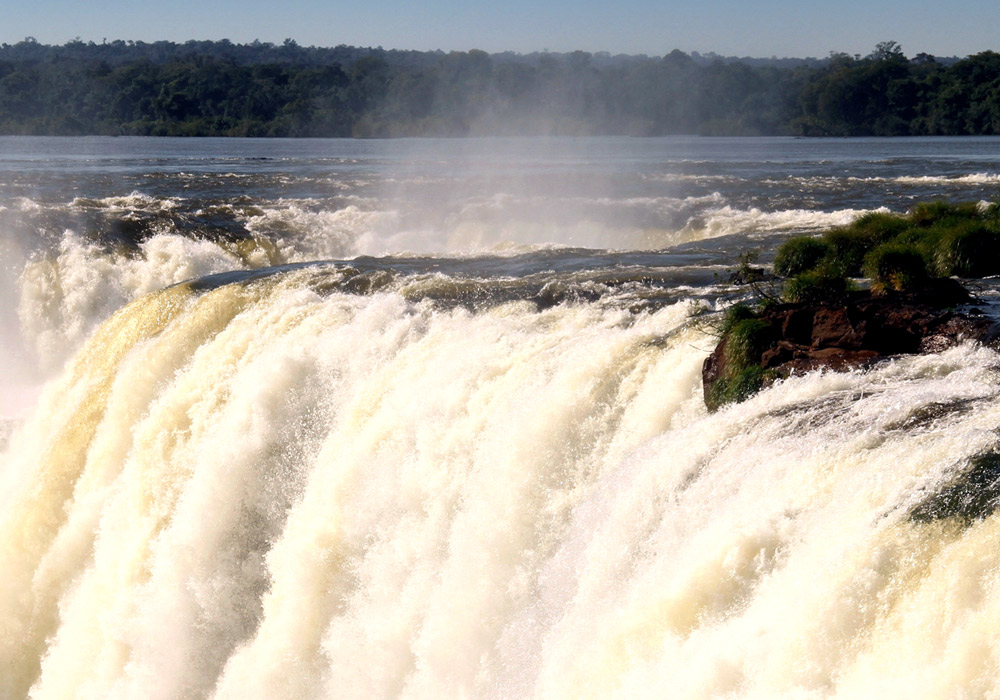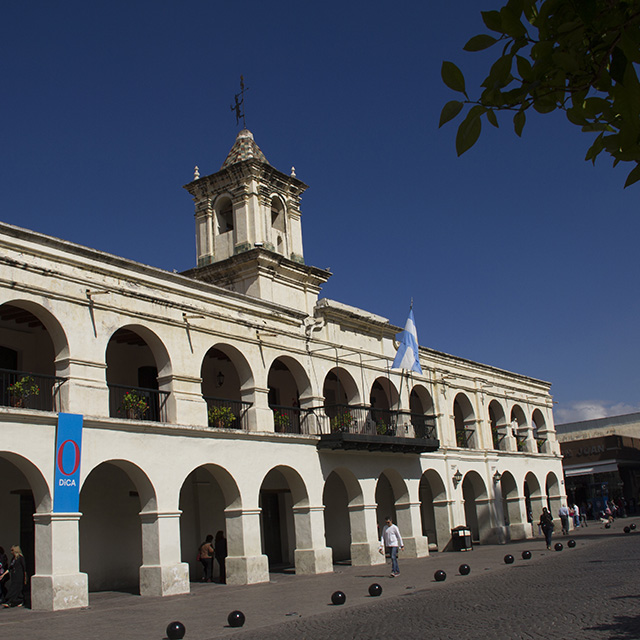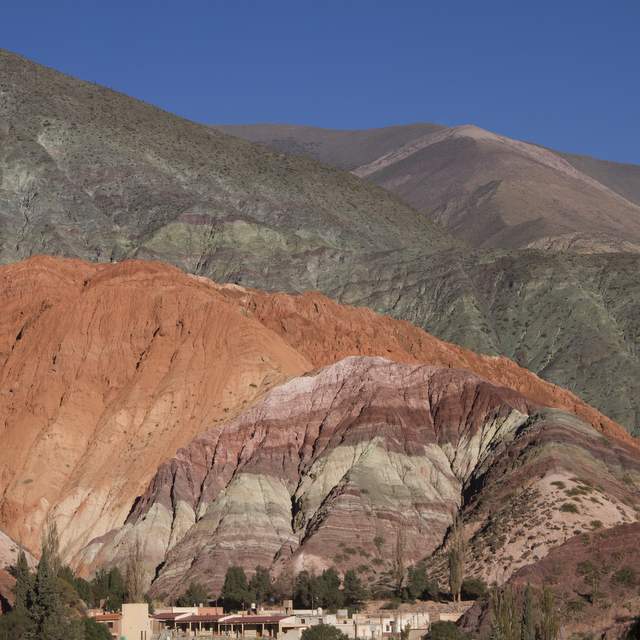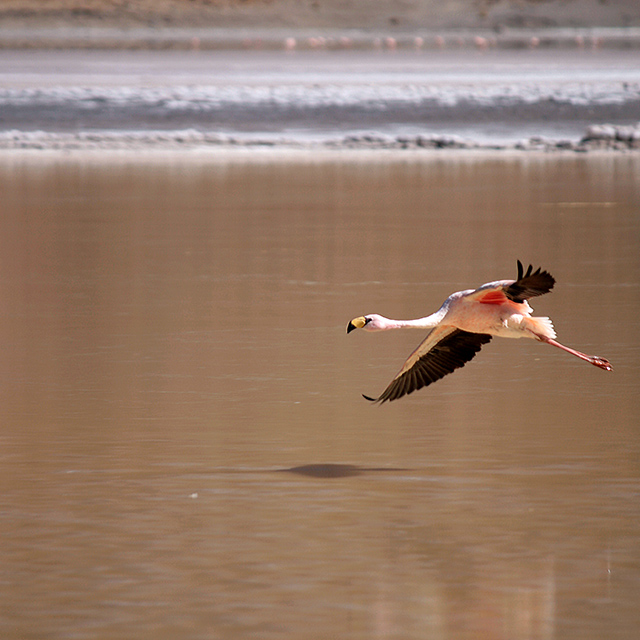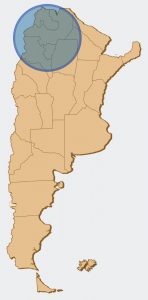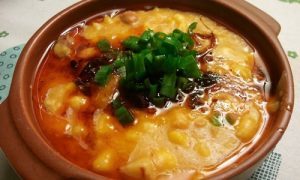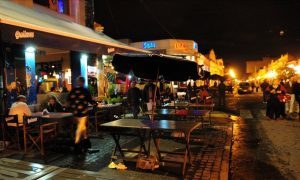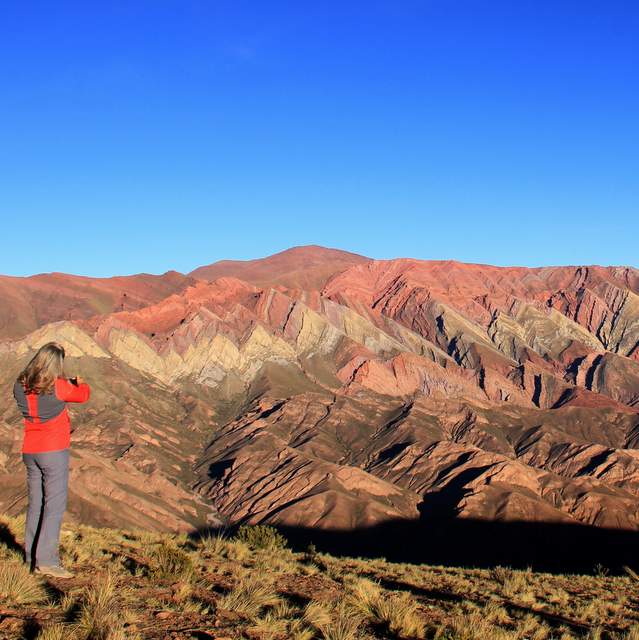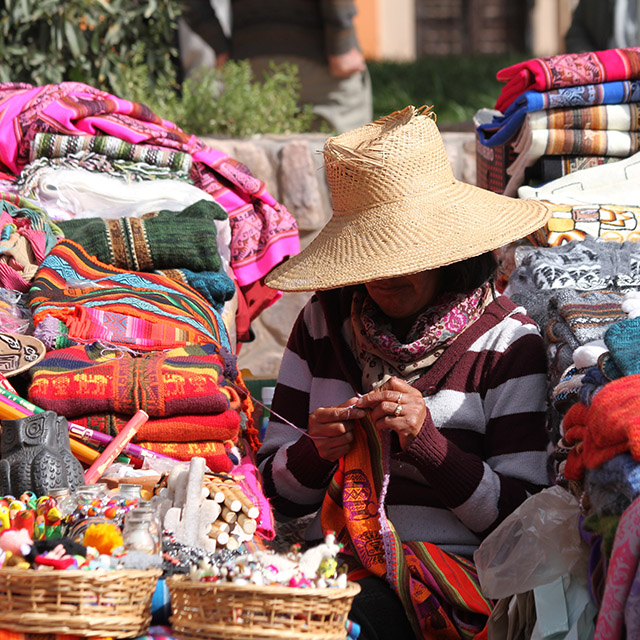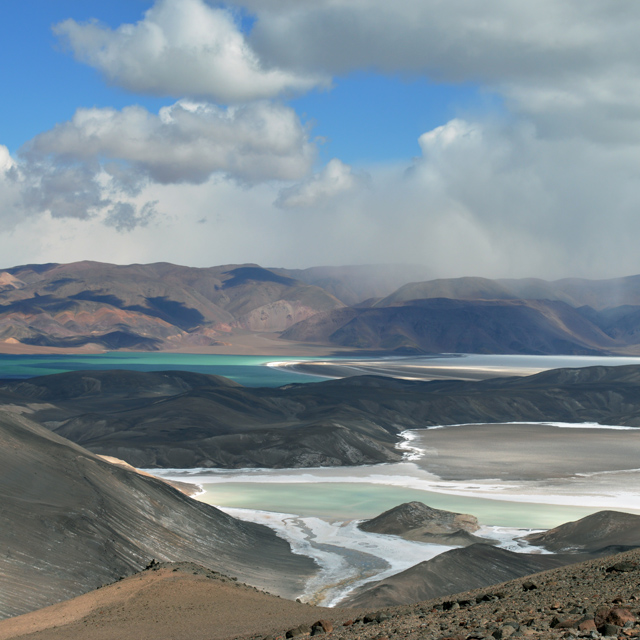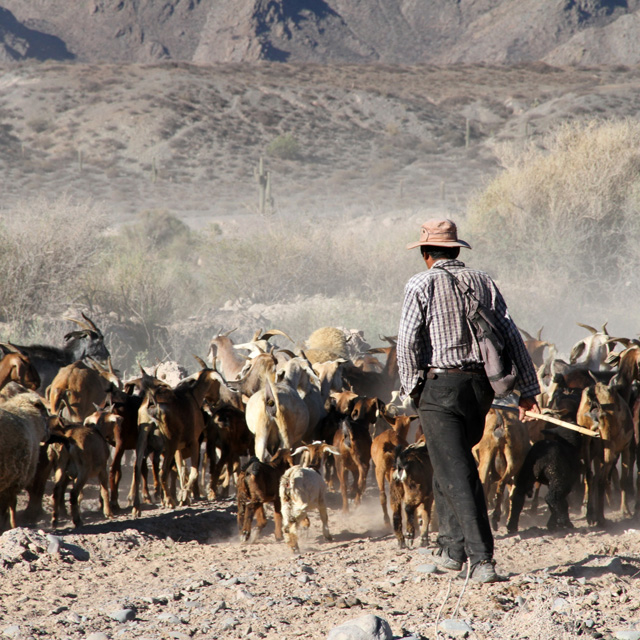Puna & Quebrada de Humahuaca
Salta
SALTA AND THE NORTHWEST
The northwestern provinces of Jujuy, Salta, Catamarca and Tucumán combine both magnificent and attractive natural wonders along with the remains of pre-Colombian cultures.
Various layers of Argentine history overlap in this region: the original native aboriginal communities were absorbed by the expansion of the Inca Empire, which in turn, was later overthrown by the Spanish crown, the latter finally being expelled from the country after the independence war. Many ruins, museums and buildings testify to each of these stages.
At the same time, the blending of deep seated indigenous roots with European culture crystalizes and comes alive in the lifestyle, the music, the art, the ceremonies, the colorful markets and the exquisite cuisine.
Another feature of the Northwest is the diversity of landscapes the region offers. From the plains of Gran Chaco the foothills rise dramatically, turning into deep transversal valleys, canyons and ravines. In the center, the lush Yungas give way to secluded valleys and multi-colored hills covered in cacti.
Moving west, time seems to stop at the heights of Puna region. The clear blue sky contrasts sharply with the intense black of the lava fields and the brightness of the salt lakes and snowy peaks.
At the foot of the dormant volcanos, herds of guanacos and llamas melt into the infinite horizon of this vast emptiness.
